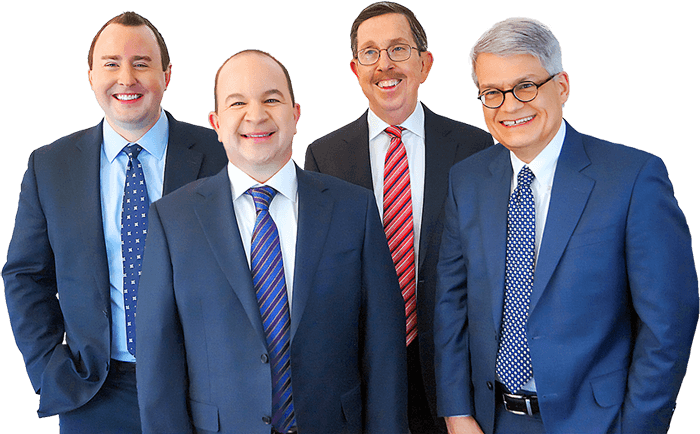This space has previously discussed what signs there may be that a loved one who is in a nursing home or assisted care facility is being abused or neglected. We have also touched on the fact that bedsores, which often are caused by failure of a patient to move, can become serious health problems. One possible cause of such effects is the use of physical or chemical restraints by a nursing facility.
The Connecticut Office of the Long-Term Care Ombudsman publishes an electronic brochure that summarizes some of the dangers of the use of restraints in nursing homes, and the reasons such facilities might use them. First, it defines both physical and chemical restraints. Physical restraints are relatively self-explanatory and include any physical contraption attached to a patient’s body to restrict his or her movement. Chemical restraints are defined as a drug that is used for the purposes of control or discipline and not to treat a patient’s medical symptoms.
Restraints may be used by a nursing home for a few reasons, including fear that the facility will be sued if the individual injures him or herself, to protect a patient from a perceived threat of falling, and to replace the facility’s inability to give the patient the individualized care required. According to the Ombudsman, the use of restraints can negatively affect an individual both physically and emotionally by causing ailments like bedsores and the loss of muscle tone, and reducing the person’s autonomy and restricting activity and participation in social interactions, as well as causing isolation and depression.
The important thing for people with elderly loved ones in a nursing home to remember is the law gives the person a right to be free of restraints, physical or chemical, for the purposes of control, convenience or discipline when their use is not required to treat the individual’s medical symptoms. Those who fear their loved one has been a victim of nursing home abuse may wish to consider contacting an experienced Connecticut attorney.


